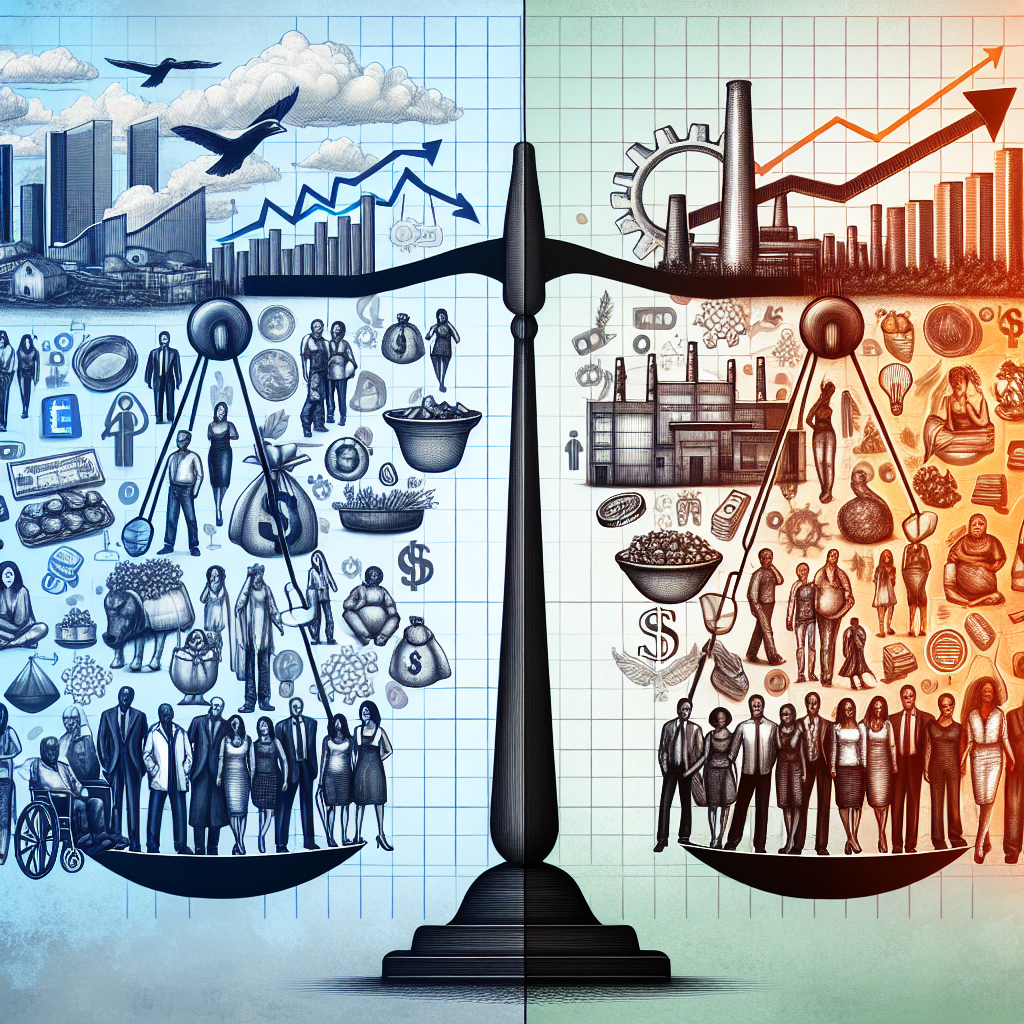Social welfare programs are a key aspect of government intervention in the economy, aimed at providing support for individuals and families in need. These programs can take the form of cash assistance, food support, housing assistance, healthcare, and other services designed to alleviate poverty and improve the quality of life for vulnerable populations. While the primary goal of social welfare programs is to address social issues such as poverty and inequality, they also have a significant impact on the economy as a whole.
There are both positive and negative effects of social welfare programs on the economy. On one hand, these programs can stimulate economic growth by increasing consumer spending, reducing poverty rates, and promoting social stability. On the other hand, they can also lead to higher taxes, increased government spending, and disincentivize work, creating potential negative consequences for the economy. In this article, we will explore the various ways in which social welfare programs affect the economy.
Positive Effects of Social Welfare Programs on the Economy
1. Consumer Spending: Social welfare programs provide cash assistance and support to low-income individuals and families, enabling them to purchase goods and services. This increased consumer spending can boost demand for products and services, leading to economic growth and job creation.
2. Poverty Reduction: By providing financial assistance to those in need, social welfare programs help to reduce poverty rates and improve the overall quality of life for disadvantaged populations. This can lead to a more productive workforce, higher educational attainment, and improved health outcomes, all of which contribute to economic development.
3. Social Stability: Social welfare programs help to create a more equitable society by reducing income inequality and providing a safety net for those facing financial hardship. This can lead to increased social cohesion, reduced crime rates, and a more stable political environment, all of which are essential for a thriving economy.
4. Health and Education: Social welfare programs often include healthcare and education services, which can lead to improved health outcomes and higher levels of human capital. A healthier and more educated workforce is more productive, leading to higher economic growth and innovation.
Negative Effects of Social Welfare Programs on the Economy
1. Higher Taxes: Funding social welfare programs often requires higher taxes on individuals and businesses, which can reduce incentives for work, savings, and investment. High tax rates can also discourage entrepreneurship and economic growth.
2. Government Spending: Social welfare programs can lead to increased government spending, which can crowd out private investment and limit economic growth. When government spending grows too large, it can lead to budget deficits, inflation, and higher interest rates, all of which can harm the economy.
3. Work Disincentives: Some social welfare programs create disincentives for work by providing benefits that are not tied to employment. This can lead to reduced labor force participation, lower productivity, and slower economic growth.
4. Dependency: Social welfare programs can create a culture of dependency, where individuals become reliant on government assistance rather than seeking opportunities for self-sufficiency. This can perpetuate poverty and limit economic mobility.
FAQs
Q: Do social welfare programs increase government debt?
A: Social welfare programs can contribute to government debt if they are not funded through sustainable revenue sources such as taxes or borrowing. However, these programs can also stimulate economic growth, leading to higher tax revenues and reduced government debt over time.
Q: Do social welfare programs lead to inflation?
A: Social welfare programs can contribute to inflation if they lead to excessive government spending, which can increase demand for goods and services. However, some programs, such as unemployment insurance, can actually help to stabilize inflation by supporting consumer purchasing power during economic downturns.
Q: Are social welfare programs effective in reducing poverty?
A: Social welfare programs have been shown to be effective in reducing poverty rates and improving the quality of life for vulnerable populations. However, the effectiveness of these programs can vary depending on their design, implementation, and funding levels.
Q: How can social welfare programs be improved to better support the economy?
A: Social welfare programs can be improved by focusing on outcomes such as reducing poverty, increasing workforce participation, and promoting economic growth. This can be achieved through targeted investments in education, healthcare, and job training programs, as well as reforms to make programs more efficient and responsive to individual needs.
